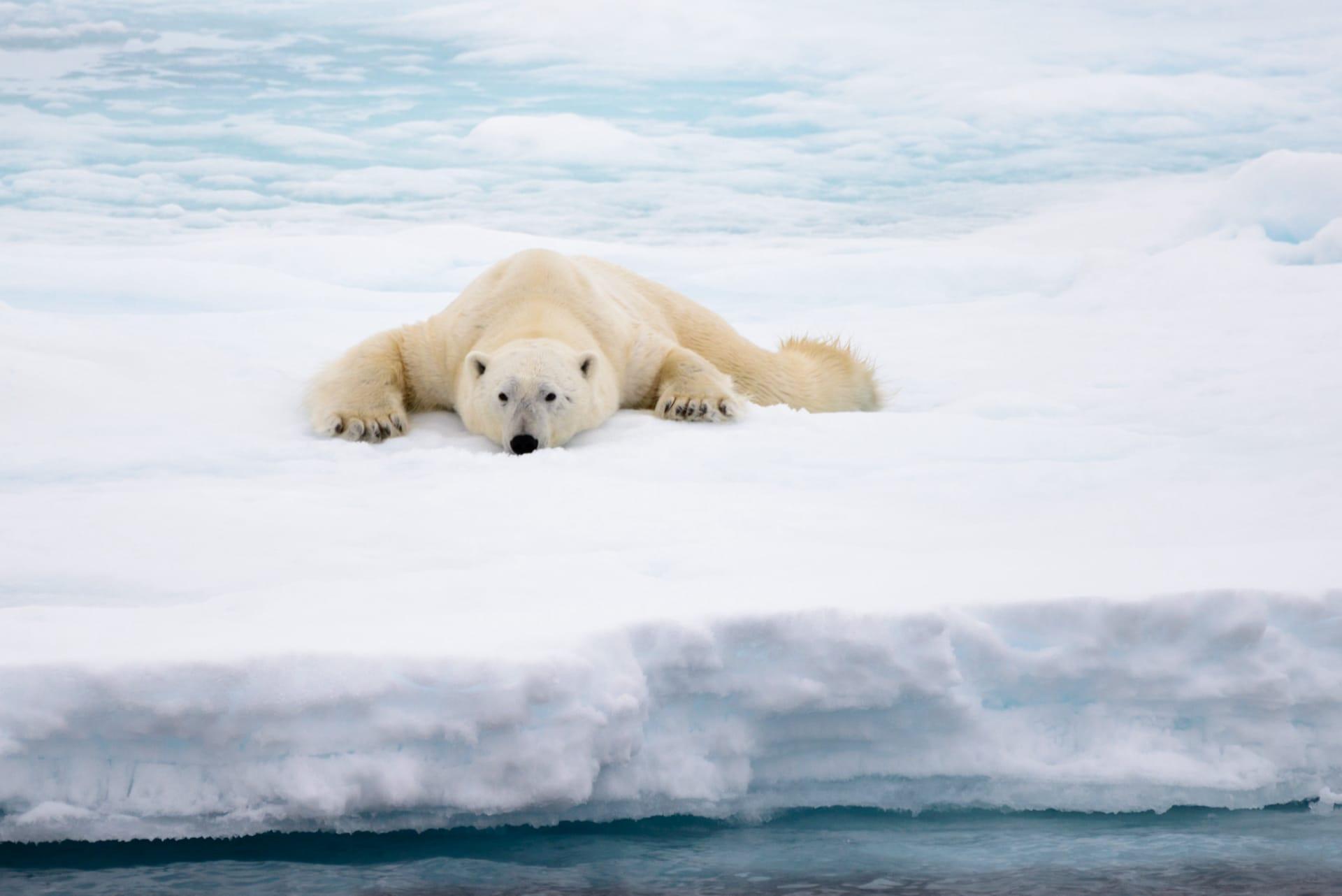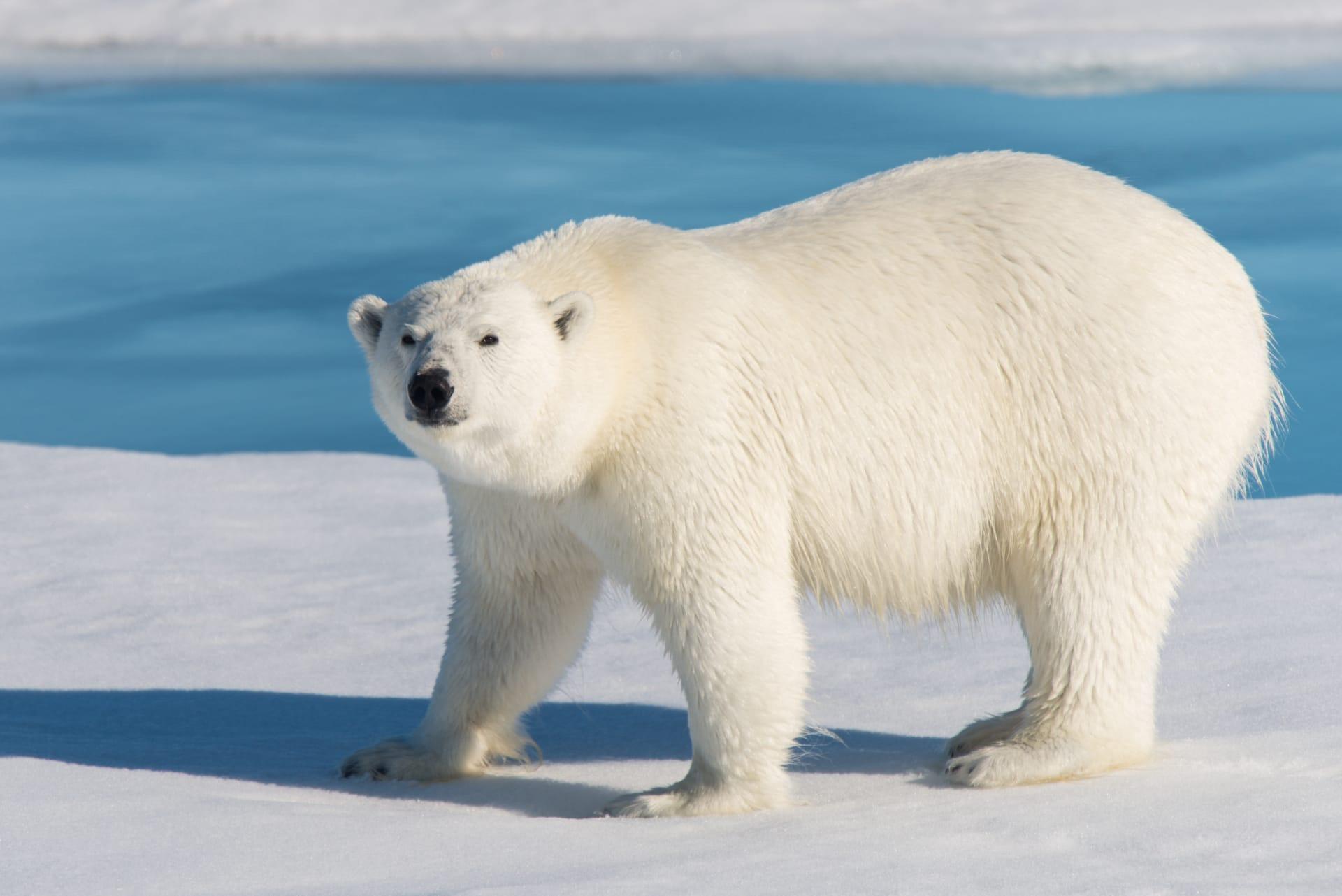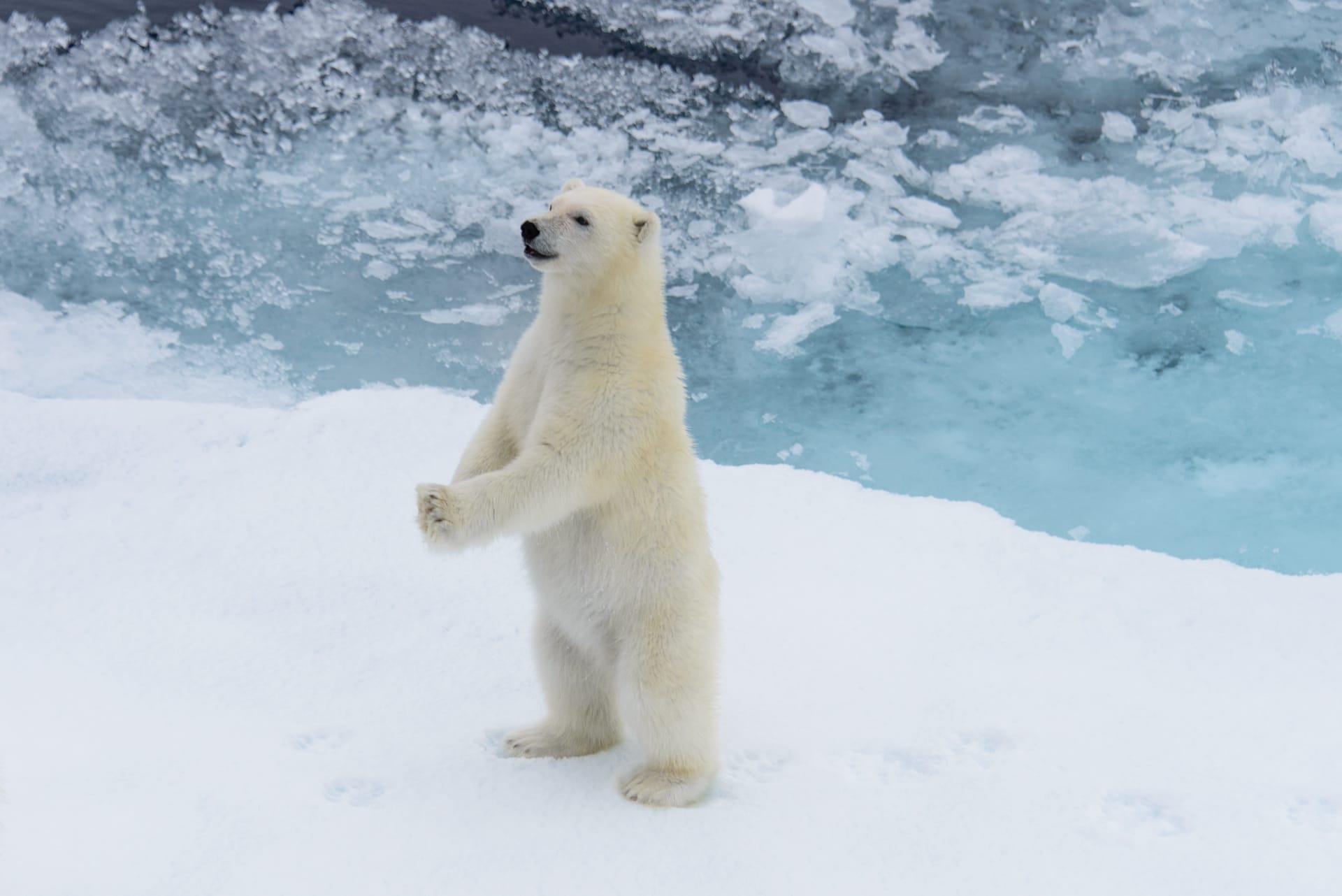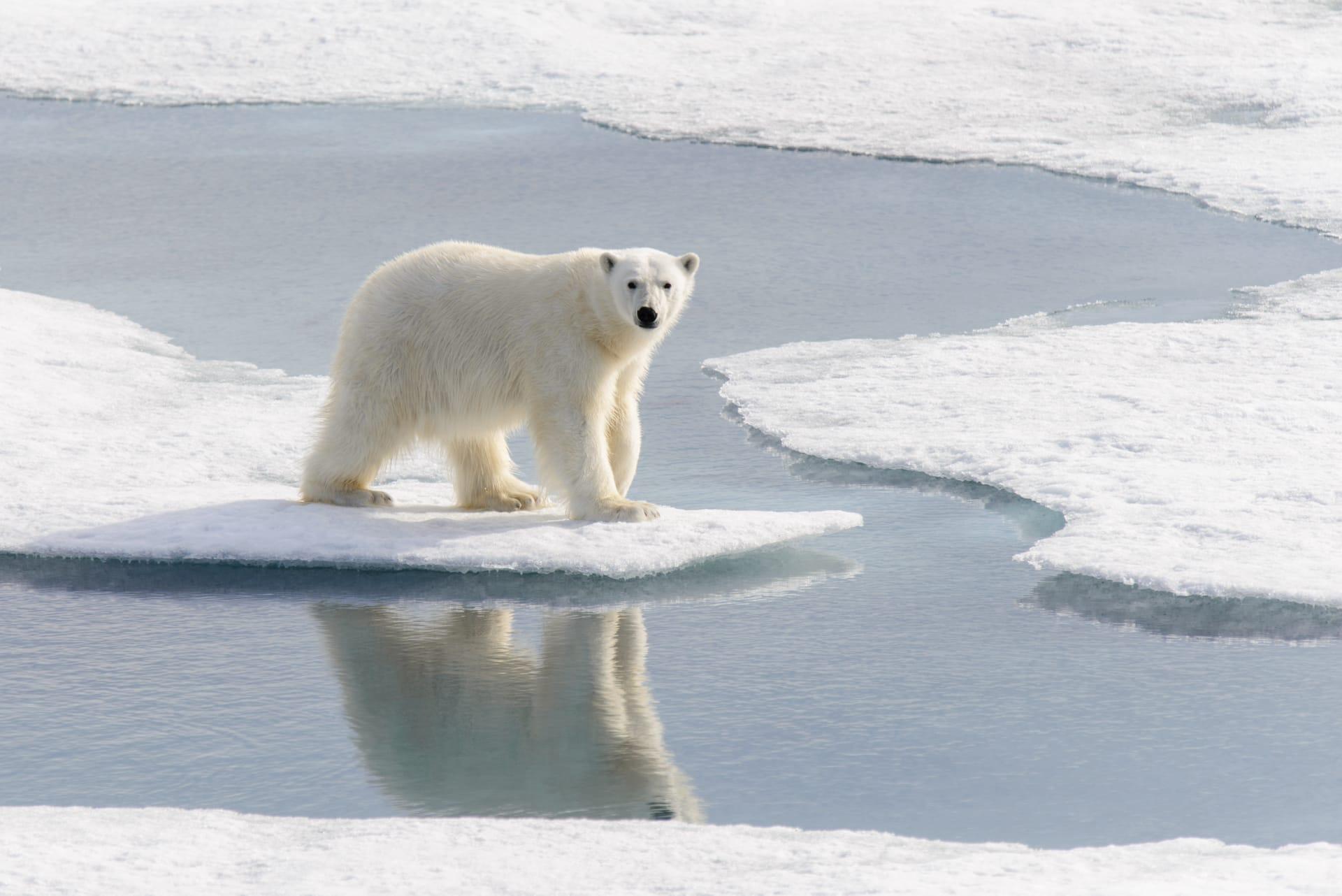Polar Bear
- Home /
- Mini Encyclopedia /
- Animal /
- Polar Bear
1
The Polar Bear, scientifically known as Ursus maritimus, is a majestic species classified in the family Ursidae, which also includes other bears like the grizzly and panda. This remarkable creature stands out with its massive size, with adult males typically weighing between 900 to 1,600 pounds and measuring up to 10 feet in length, while females are about half the size of males. They are uniquely adapted to life in the Arctic, with physical traits such as a thick layer of body fat and dense, water-repellent fur which provide insulation against the cold environment.
Polar Bears predominantly inhabit the circumpolar Arctic regions, roaming across the ice-covered seas surrounding the North Pole. Their distribution is closely tied to the presence of sea ice, which they rely on for hunting seals, their primary prey. These bears are found in five countries encircling the Arctic: the United States (Alaska), Canada, Russia, Greenland (Denmark), and Norway. Their population, estimated at around 22,000 to 31,000, fluctuates with changes in sea ice conditions, a factor increasingly impacted by climate change.

2
Question: Do Polar Bears have white fur?
Answer: Contrary to popular belief, Polar Bears do not actually have white fur. Their fur is translucent and hollow, reflecting visible light, which makes it appear white, thereby providing excellent camouflage in their snowy and icy environment. Underneath their fur, their skin is black, absorbing sunlight and helping to keep them warm. This unique combination of fur and skin characteristics is a perfect adaptation to their Arctic habitat, allowing them to maintain body heat and blend into their surroundings effectively while hunting.

3
Polar Bears have developed a range of survival strategies to thrive in the harsh Arctic environment. One key tactic is their exceptional swimming ability. They can swim for days, covering distances over 60 miles without rest, using their large front paws to propel themselves. This skill is crucial for traveling between ice floes and hunting seals, their main food source. Polar Bears also have an extraordinary sense of smell, enabling them to detect seals nearly a mile away and under several feet of compacted snow.
Regarding diet, Polar Bears predominantly feed on ringed and bearded seals, utilizing their stealth and strength. They wait patiently by seal breathing holes or break through the ice with their powerful paws to catch their prey. During summer, when sea ice melts, some Polar Bears fast while others may eat vegetation or birds' eggs, but seals remain their preferred and most nutritious diet, crucial for their survival in the extreme Arctic conditions.

4
In the Arctic ecosystem, Polar Bears are apex predators, meaning they are at the top of the food chain. This position affords them a crucial role in maintaining the ecological balance. By preying primarily on seals, they help regulate seal populations, which in turn impacts the fish populations and overall health of the marine ecosystem. Their hunting habits also influence the distribution and behavior of their prey, contributing to the dynamic balance of the Arctic environment.
Polar Bears also play a symbolic role in the Arctic ecosystem as indicators of environmental health. Changes in their population and distribution can reflect alterations in the Arctic environment, especially regarding sea ice decline due to global warming. Thus, monitoring Polar Bear populations helps scientists understand the broader impacts of climate change on the Arctic ecosystem and potentially on the global environment.

5
Film: "Polar Bear" is a documentary produced by the United States, released in 2022. This film offers an intimate look into the lives of Polar Bears in the Arctic wilderness. It showcases their daily struggles for survival, the impact of melting sea ice on their habitat, and the mother bears' dedication to raising their cubs amidst challenging climatic conditions.
Book: "The World of the Polar Bear" by Norbert Rosing, published in Canada in 2006, offers a comprehensive insight into the life of Polar Bears. Rosing, a renowned wildlife photographer, combines stunning visuals with detailed observations, portraying the beauty and hardships of Polar Bears in the Arctic.
Book: "Polar Bears: A Complete Guide to Their Biology and Behavior" by Andrew E. Derocher, published in the United States in 2012, provides an in-depth scientific exploration of Polar Bears. Authored by a leading Polar Bear researcher, this book delves into their biology, behavior, and the challenges they face due to environmental changes, offering a vital resource for understanding these magnificent creatures.